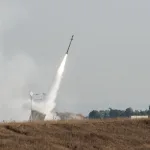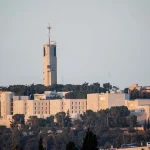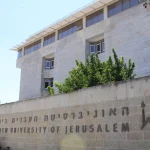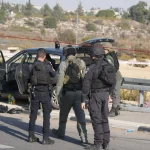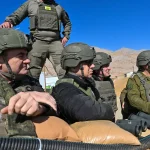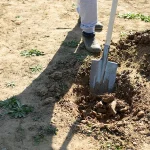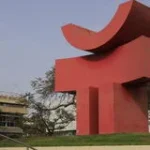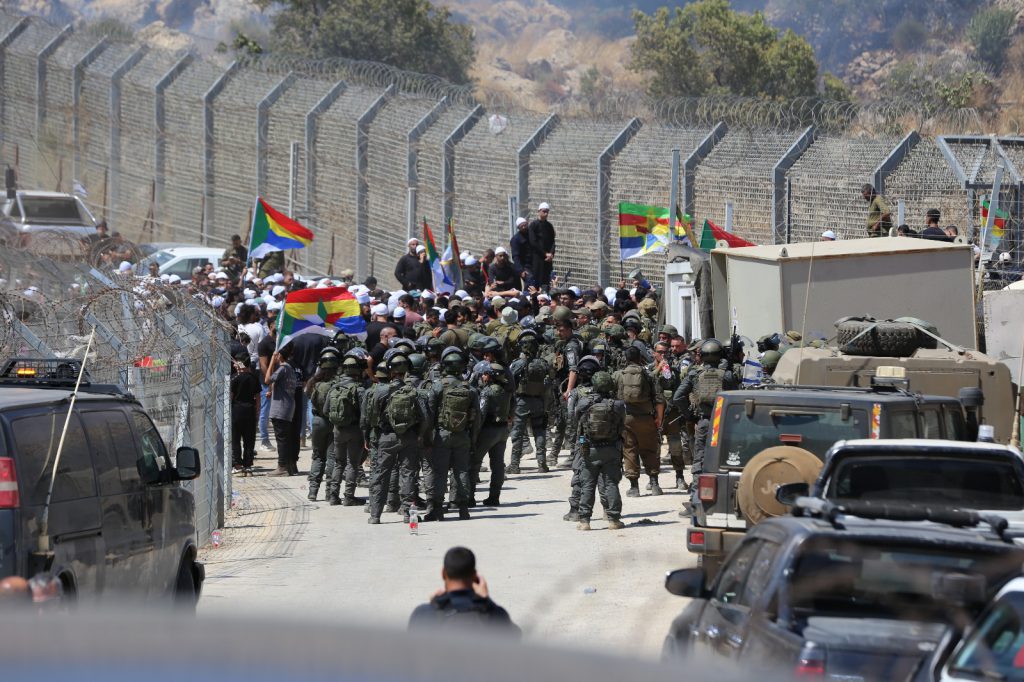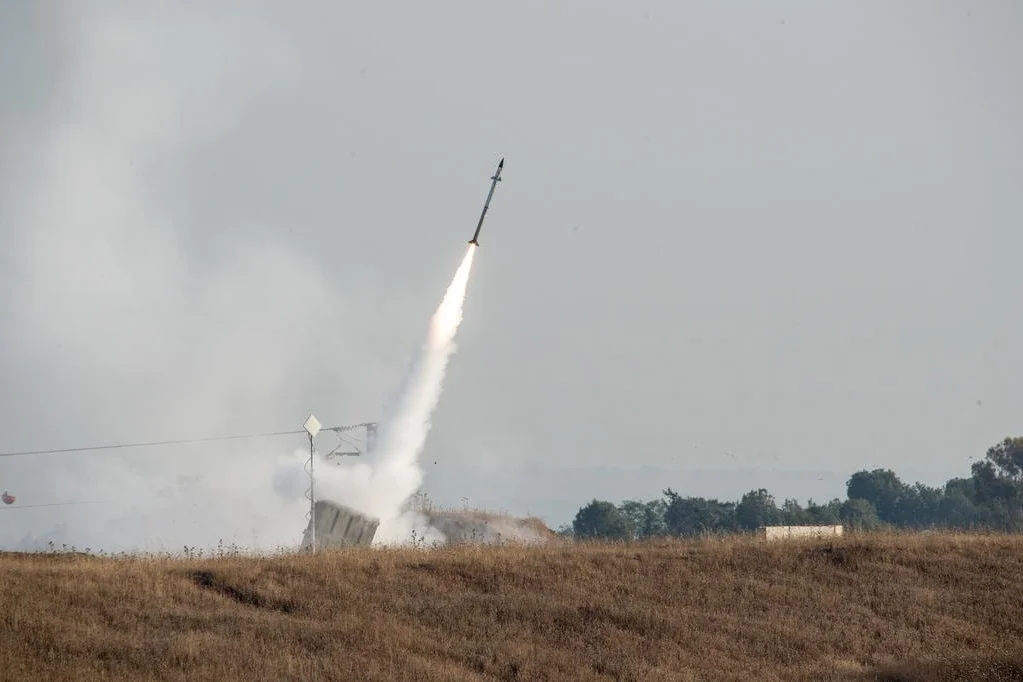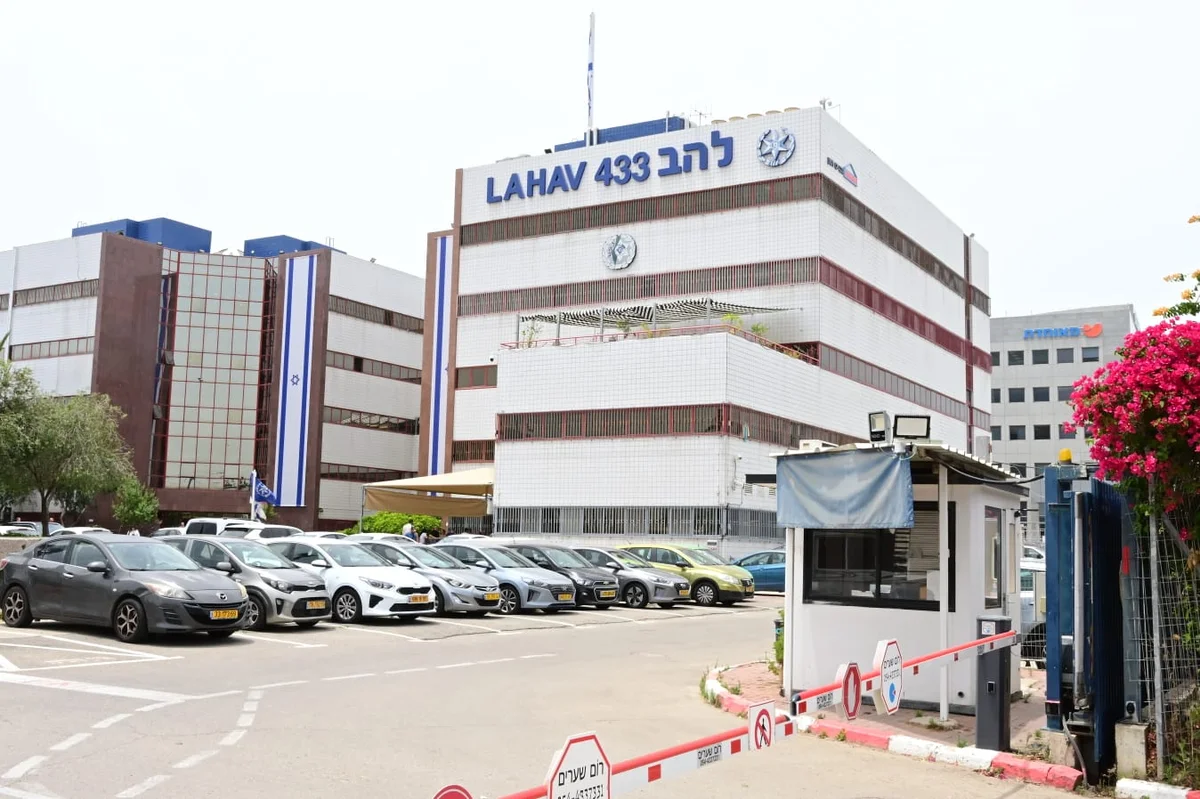Jerusalem, 17 July, 2025 (TPS-IL) — The Israel Defense Forces said on Thursday it returned dozens of Israeli Druze who crossed into Syria amid violent unrest in the Druze-majority city of Suweida. Several dozen remain in Syria, mostly near the border town of Hader. Israeli forces also repatriated some Syrian Druze who entered Israel, though it’s unclear how many remain.
The IDF reported no new crossings or protests overnight and said it is repairing fence breaches and establishing blockades to prevent further incidents. An estimated 1,000 Druze crossed into Syria following deadly clashes between Syrian Druze against local Bedouins and soldiers loyal to the government of interim President Ahmad al-Sharaa.
In response, the IDF struck regime targets in Sweida and Damascus, saying it acted to protect the Druze community. Syrian troops began withdrawing overnight.
The Israel Defense Forces confirmed on Wednesday afternoon strikes on the Syrian regime’s military headquarters in the area of Damascus, and a military target in the area of al-Sharaa’s presidential palace.
The Syrian government said on Wednesday night it began withdrawing forces from Suweida as part of a ceasefire.
Who are the Druze?
Israel’s Druze community of 152,000 has been calling on the government to take stronger measures to protect their co-religionists in southern Syria. Around 40,000 Druze live in the southern Syrian provinces of Quneitra, Da’ara and Sweida under Israeli protection. Netanyahu has called for the demilitarization of southern Syria.
The Druze trace their ancestry back to the Biblical figure Jethro, the father-in-law of Moses. In Israel, the Druze serve in senior positions in public and military life, and the bond between Jewish and Druze soldiers is referred to as the “covenant of blood.” The Druze speak Arabic but are not Muslim.
The Druze living in the Galilee and Mount Carmel areas sided with the Jews in 1948 during Israel’s War of Independence, opted to be part of Israeli society and established themselves in all areas of public life.
When Israel captured the Golan Heights during the Six-Day War of 1967, the Golan Druze refused Israeli offers of citizenship, believing Syria would recapture the plateau. But attitudes have changed since the Syrian Civil War broke out in 2011.
Israel sent forces into the 235 sq km buffer zone to prevent Syrian rebels from approaching the border when the regime of Bashar Assad collapsed in December. Israel also launched waves of airstrikes on Syrian army assets and Iranian stockpiles to prevent them from falling into the hands of radical Islamists.
While Israeli forces have briefly entered the buffer zone in the past, December’s takeover marked the first time since its establishment that the IDF set up positions there. The demilitarized zone was established with a ceasefire in 1974 that ended the Yom Kippur War.
In May, the Israeli army set up a field hospital to treat civilians near the Syrian village of Hader.
Israel considers the 1974 ceasefire agreement void until order is restored in Syria.





